The shoulder rest is an essential item for holding the violin. Have you ever replaced the rubber feet on your shoulder rest? Rubber tends to deteriorate and harden with extended use, so it's common for the rubber feet on a shoulder rest to become less effective over time. In this blog, I will introduce the process of actually replacing the rubber feet on a shoulder rest.
Introducing the Shoulder Rest to be Replaced
The shoulder rest we are going to replace is the Wolf’s Forte Secondo for violin. I received it from someone, but since it didn't have the rubber feet, I decided to replace them.
Wolf / Forte Secondo Violin Shoulder Rest (4/4-3/4)
To replace the rubber feet, I bought four replacement rubber pieces. Since each piece is sold individually, you'll need four to replace all the rubber feet on the shoulder rest (I initially made the mistake of trying to buy only one piece).
Wolf / Rubber Tubes for Shoulder Rest
By the way, if you find replacing the rubber feet on the shoulder rest to be a hassle, there are also products available that let you replace the entire leg assembly. Check out the option below.
Wolf / Foot Set for Shoulder Rest
How to Replace the Rubber Feet on a Shoulder Rest
To replace the rubber feet on a shoulder rest, you'll generally need a lubricant (such as oil) to facilitate the process. If you attempt to attach the replacement rubber feet directly without lubrication, friction can make it difficult to insert them properly. Using a lubricant will make it easier to fit the rubber feet onto the shoulder rest.
What to Use for Lubricating the Rubber
You might wonder what to use to lubricate the rubber, and to be honest, I wasn’t very familiar with this myself when I started writing. Since I needed to replace four rubber feet this time, I decided to experiment with various substances to find out which works best. I hope this will serve as a helpful reference for future shoulder rest rubber replacements.
1. Water
This is something that anyone can easily obtain.
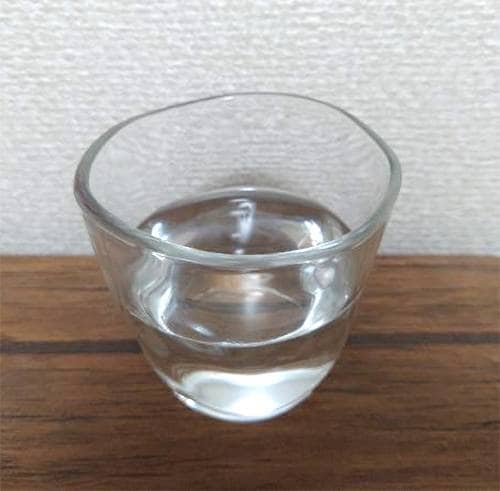
2. Mild Detergent
I tried using a mild detergent that’s commonly found in the kitchen.
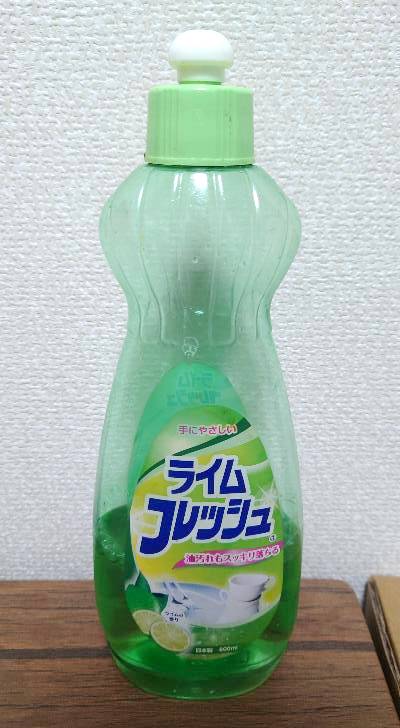
3. String Instrument Fingerboard Recovery Oil
This is a recovery oil for string instruments sold by Lapella, specifically designed for use on fingerboards.
Lapella / String Instrument Fingerboard Recovery Oil
4. Lubricating Oil
This is an oil used to enhance smoothness, commonly applied to bicycles and similar items.
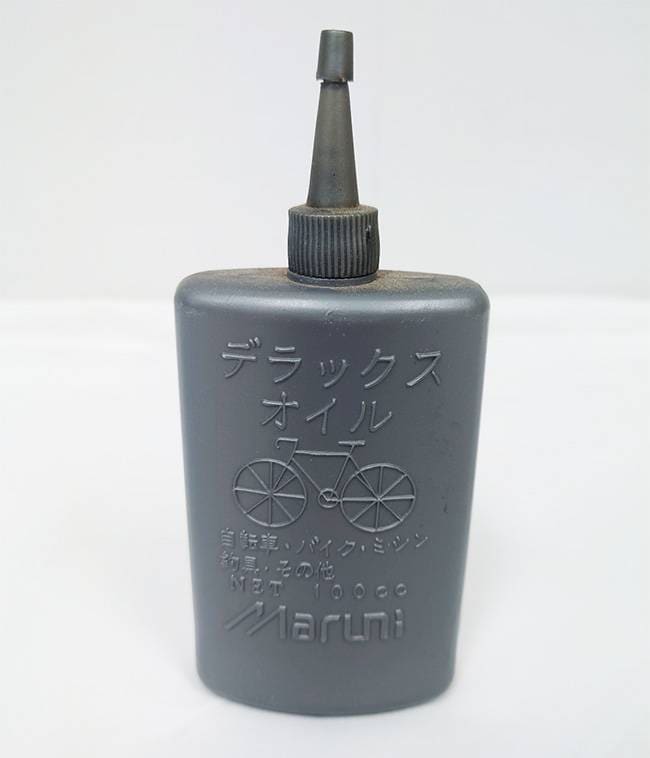
Experiences with Each Substance
1. Water
In practice, the rubber remained too stiff to insert properly. It seems that water is not suitable for this purpose.
2. Mild Detergent
Unlike water, the mild detergent allows the rubber to be inserted all the way. However, it reduces friction too much, making it difficult to secure the rubber in place. This also seems ineffective.
3. String Instrument Fingerboard Recovery Oil
This oil allowed for smooth insertion of the rubber feet without any struggle. It did not drip when applied with a cotton swab, and the rubber feet were inserted easily and without difficulty.
4. Lubricating Oil
Insertion itself was not a problem, but the oil felt sticky and difficult to handle. Although it was only applied inside the rubber feet and did not significantly affect their functionality, using a cotton swab to apply it was somewhat challenging.
Overall
Among the four options I tested, the String Instrument Fingerboard Recovery Oil was the easiest to use. Water and mild detergent did not facilitate successful insertion of the rubber feet. Although lubricating oil allowed for insertion, it was not ideal and is best avoided if possible.
Here is the Wolf’s violin shoulder rest with the replacement completed.
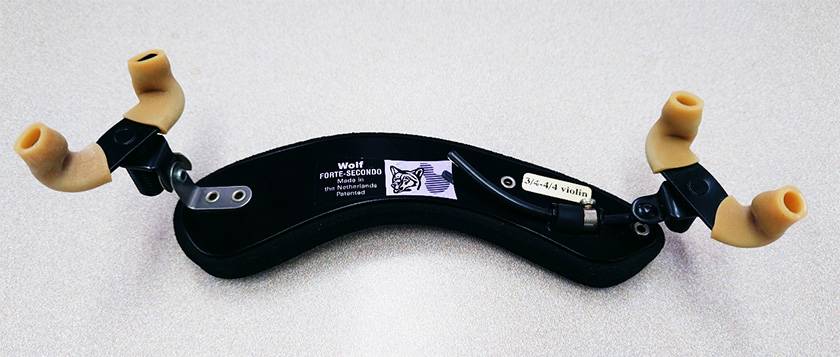
How was it? This was my first time replacing the rubber feet on a shoulder rest. It turns out that applying oil to the inside of the rubber made the process successful. If the rubber feet on your favorite shoulder rest have become old and stiff, consider using this blog as a reference for replacing them.





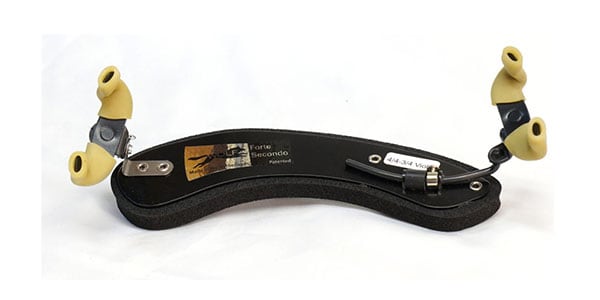
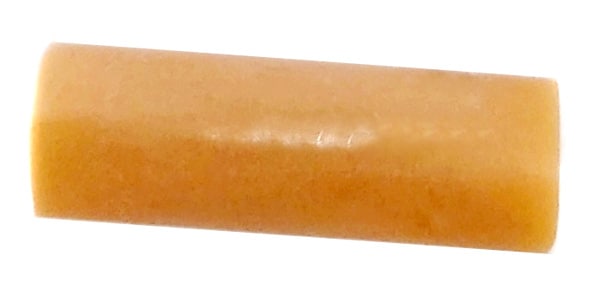
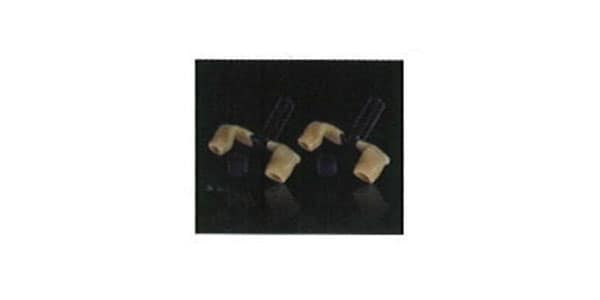
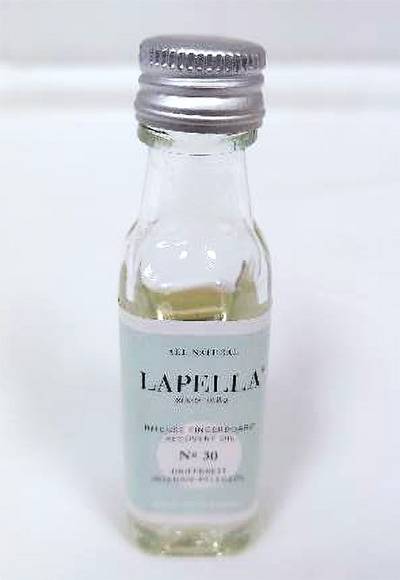




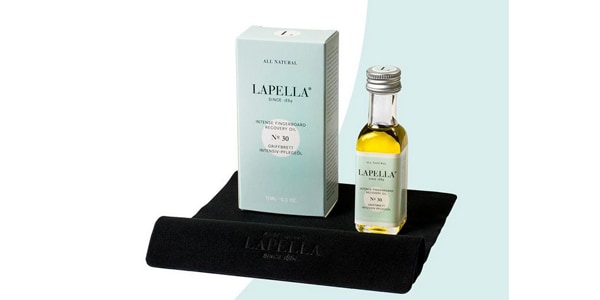
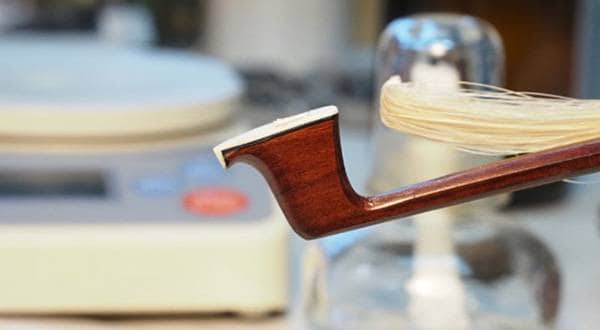

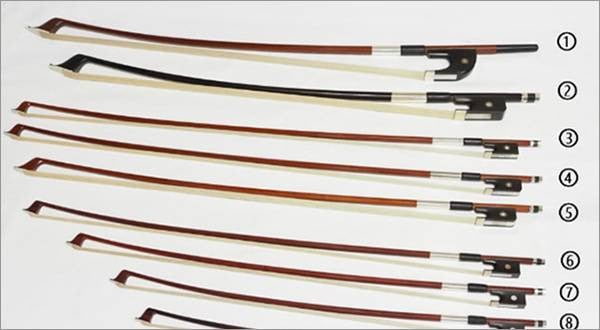


![[Violin] A Peek into the Actual Inspection Process!](/contents/uploads/thumbs/2/2024/7/20240731_2_27925_1.jpg)
![[String Instruments] Introducing Recommended Violin Sets](/contents/uploads/thumbs/2/2024/5/20240516_2_26873_1.jpg)
![[Stringed Instruments] Recommended Violin Stands](/contents/uploads/thumbs/2/2024/1/20240125_2_25327_1.jpg)
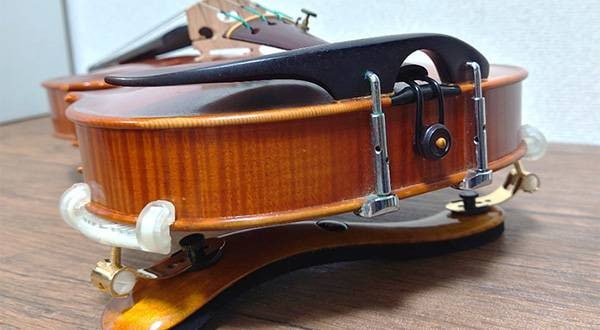
![[Violin] Choosing a shoulder rest and introducing some recommended models!](/contents/uploads/thumbs/2/2023/10/20231024_2_24282_1.jpg)

 バイオリンスタートガイド
バイオリンスタートガイド
 バイオリンの構え方
バイオリンの構え方
 バイオリンの手入れ
バイオリンの手入れ
 バイオリン 弓の各部名称と松脂
バイオリン 弓の各部名称と松脂
 失敗しないバイオリンの弦交換
失敗しないバイオリンの弦交換















